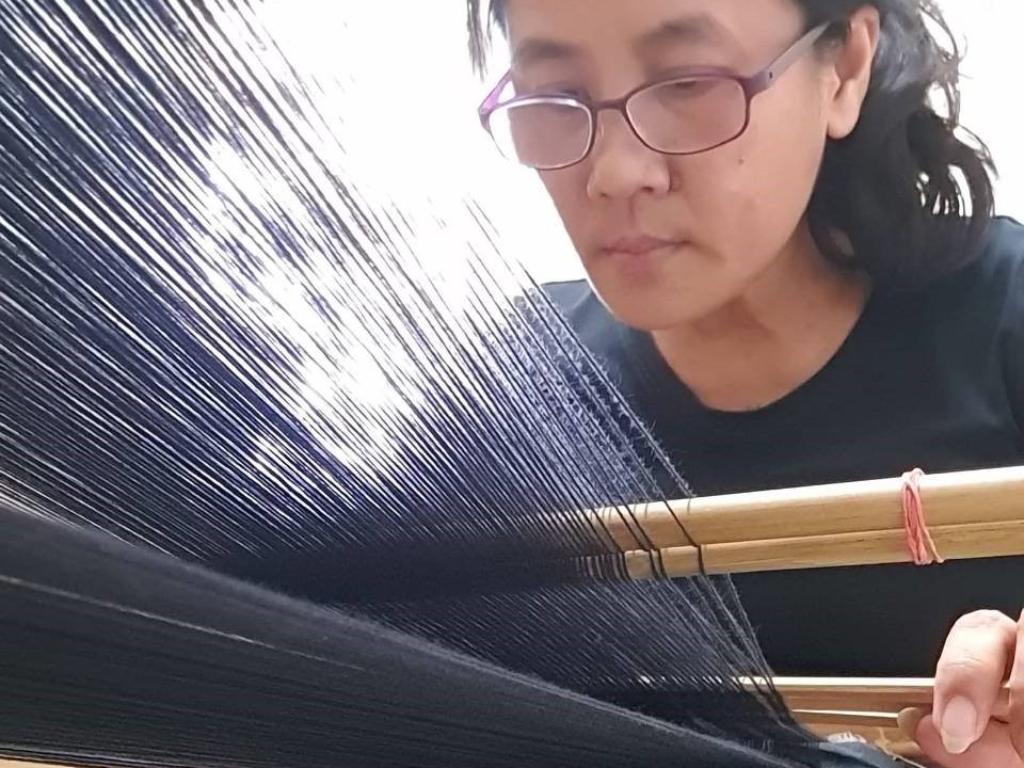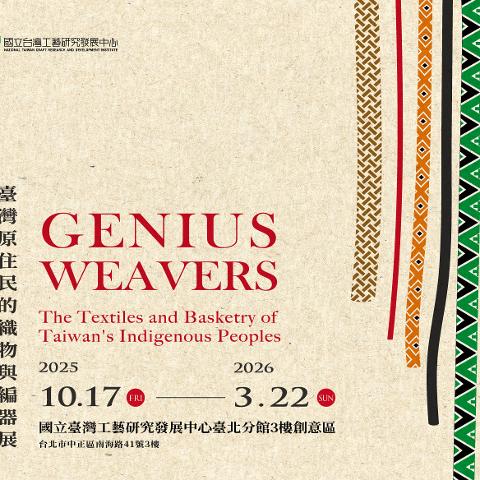
參展介紹
陳秋芳
陳秋芳╱卑南
來自「家」的美好與祝福
生於臺東卑南的陳秋芳自幼受卑南文化的熏陶,刺繡技藝精湛的外婆為她高中時的成年禮親手縫製飾有ruma’圖騰的少女披風,啟發了她日後的創作之路,後來師事「卑南族傳統織布(tenun kana Pinuyumayan)」技藝保存者孫菊花老師,更讓她以卑南族的傳承者與創新者為自我期許。
ruma’一詞在卑南族語裡是「家」的意思;傳統ruma'圖騰是以紅、綠、黃三個極強烈的暖色系所組成的雙菱形,並以拼貼方式縫製而成。她除了採用縫布拼製外,也運用卑南族著名的十字繡與卑南特有的夾織手法為ruma'圖騰增添變化。在她的創意構思之下,不僅改良了傳統工法,更增加了許多時尚的色彩與幾何的藝術等元素,她將ruma’的圖騰以局部、解構的方式設計,改用較為柔和、容易造型搭配的顏色繡線,再結合她所擅長的縫紉與刺繡手藝,表現出她對「家」的懷想與對文化的重視。
陳秋芳的工作室不僅是創作的場所,更是文化傳承的基地。她積極舉辦各類工作坊,教授刺繡、織布等傳統技藝,將卑南族文化融入現代生活,更將對「家」的祝福與守護,用雙手繡進每一個作品中,讓每一針每一線都充滿了故事與情感。
The Blessings from “Home”
Born in Beinan, Taitung, Lringa Pakaruku was deeply influenced by Puyuma culture from childhood and enlightened by her grandmother, who personally crafted a girl’s cloak adorned with the ruma’ totem for her coming-of-age ceremony to kick off her creation. Afterward, she learned the weaving techniques from her mentor Sunay Paelabang, who was designated by the Ministry of Culture as the Preserver of the traditional weaving techniques of the Puyuma tribe (tenun kana Pinuyumayan), to solidify her aspirations as both a preserver and innovator of Puyuma heritage.
The term ruma' means “home” in the Puyuma language. Sewing together with the traditional ruma' totem, which consists of a double diamond shape made from three vibrant warm colors: red, green, and yellow, by using a patchwork technique. In addition to fabric patchwork, she incorporates the renowned Puyuma cross-stitch and the unique inlay weaving techniques of the Puyuma tribe to the ruma’ totem in her pieces.
She designs the ruma’ totem in a partial and deconstructed manner, using softer, more versatile colors for the embroidery threads instead to express her nostalgia for “home” and her appreciation for culture.

